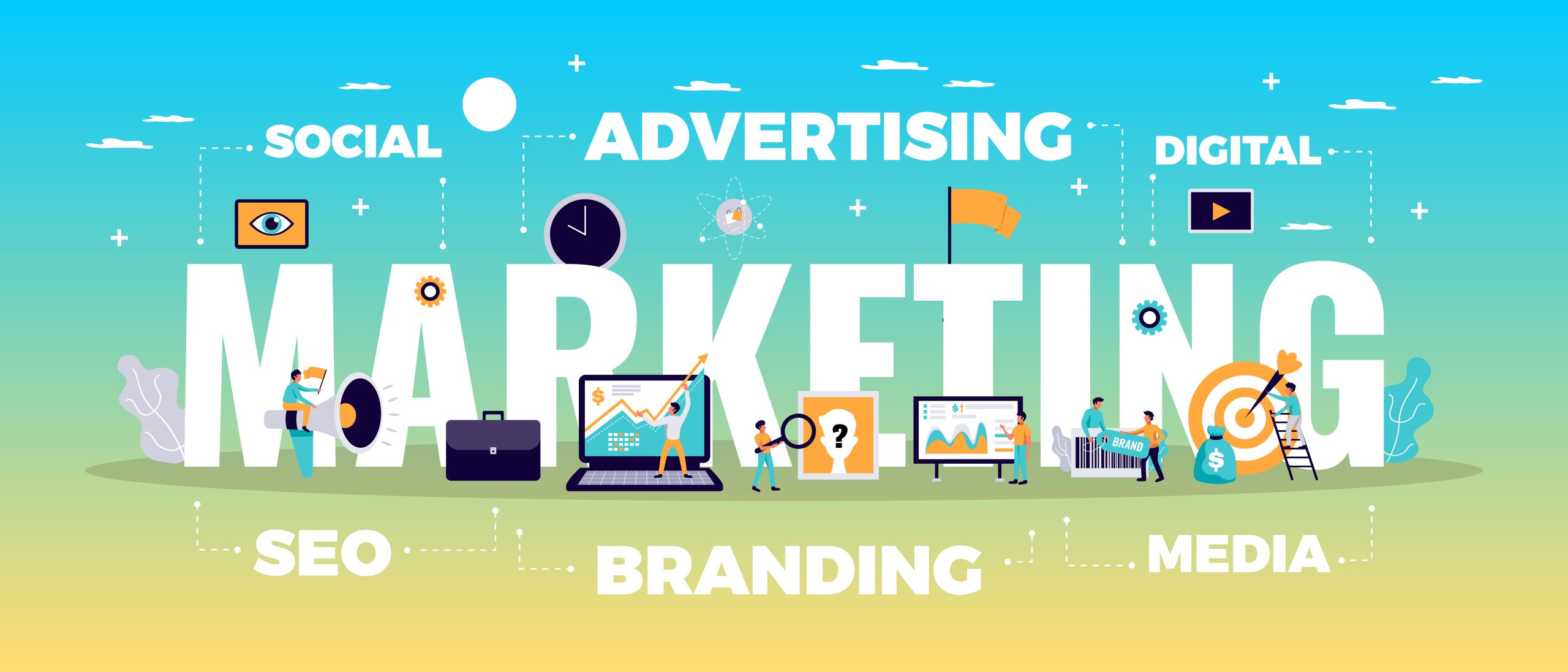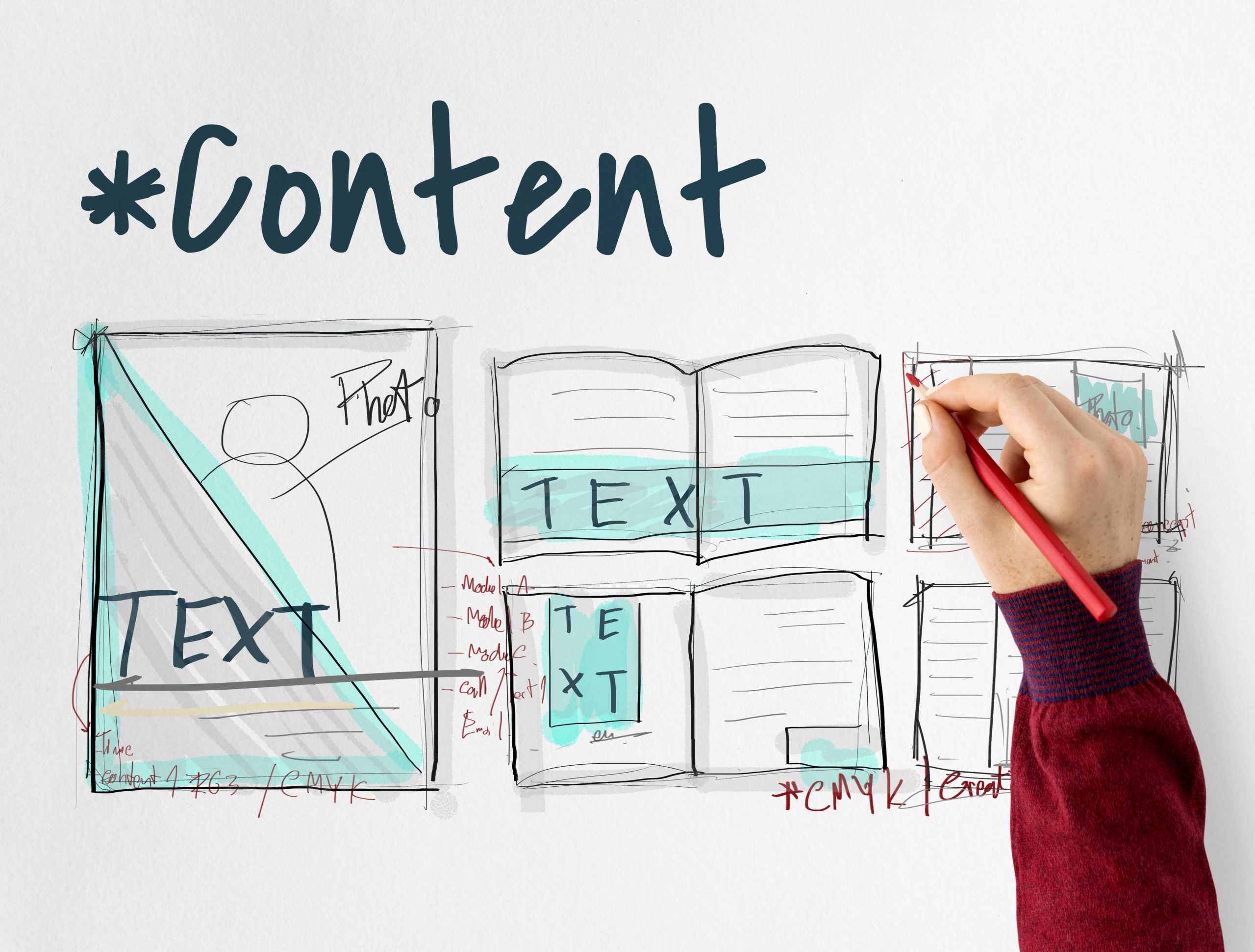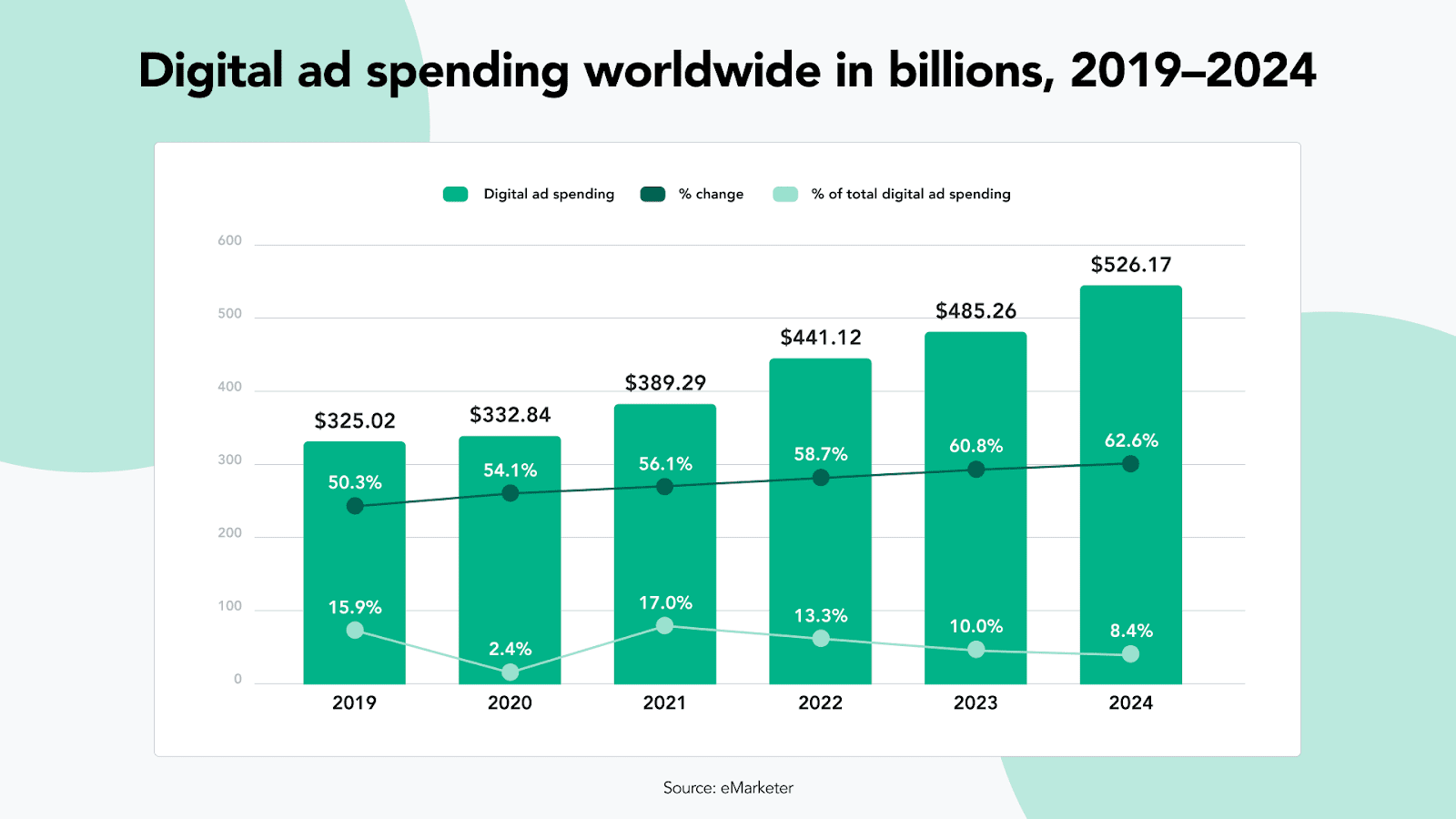In today’s digital landscape, social media has become a powerful tool for businesses to connect with their target audience. From sharing engaging content to building brand awareness, social media has revolutionized the way companies interact with their customers. But did you know that social media content posting can also have a direct impact on conversion rate optimization?
Unlocking the potential between social media content posting and conversion rate optimization is crucial for businesses seeking to maximize their online presence. By carefully crafting and strategically timing social media posts, businesses can not only attract a larger audience but also convert them into paying customers.
In this article, we will delve into the relationship between social media content posting and conversion rate optimization. We will explore the key factors that influence conversions, such as engaging content, targeted audience segmentation, and effective call-to-action strategies. Additionally, we will provide practical tips and insights on how businesses can leverage social media to drive higher conversion rates and ultimately boost their online success.
Whether you are a small business owner or a digital marketer, understanding the link between social media content posting and conversion rate optimization is essential for driving tangible results. So, let’s unlock the potential of social media and take your business to new heights.
The importance of conversion rate optimization
In today’s highly competitive digital landscape, businesses are constantly striving to attract and retain customers. One of the key metrics that determines the success of any online venture is the conversion rate. Conversion rate optimization (CRO) refers to the process of improving the percentage of website visitors who take a desired action, such as making a purchase, filling out a form, or subscribing to a newsletter.
Conversion rate optimization plays a crucial role in determining the success of a business’s online marketing efforts. By focusing on improving the conversion rate, businesses can maximize the return on investment (ROI) from their digital marketing campaigns. This is where social media content posting comes into play.
Understanding the link between social media content posting and conversion rate optimization
Social media platforms have become an integral part of our daily lives. From Facebook to Instagram, Twitter to LinkedIn, billions of people around the world are actively engaging with social media on a daily basis. This presents a massive opportunity for businesses to reach and engage with their target audience.
When done strategically, social media content posting can have a direct impact on conversion rate optimization. By creating and sharing valuable content that resonates with their target audience, businesses can attract more visitors to their website or landing page. Moreover, by leveraging the power of social media, businesses can actively engage with their audience, build brand awareness, and establish trust – all of which are vital for increasing conversion rates.
Key metrics to measure conversion rate optimization on social media
To effectively measure the impact of social media content posting on conversion rate optimization, businesses need to track and analyze key metrics. These metrics provide valuable insights into the effectiveness of their social media campaigns and help identify areas for improvement.
Some of the key metrics to consider when measuring conversion rate optimization on social media include:
1. Click-through Rate (CTR): This metric measures the percentage of users who click on a link or call-to-action (CTA) within a social media post. A high CTR indicates that the content is engaging and compelling enough to prompt users to take action.
2. Bounce Rate: The bounce rate measures the percentage of visitors who leave a website or landing page without taking any further action. A high bounce rate suggests that the content or user experience is not meeting the expectations of the visitors.
3. Conversion Rate: The conversion rate measures the percentage of visitors who complete a desired action, such as making a purchase or filling out a form. This metric directly reflects the success of a business’s conversion rate optimization efforts.
By regularly monitoring and analyzing these metrics, businesses can gain valuable insights into the effectiveness of their social media content posting strategies and make data-driven decisions to optimize their conversion rates.
Best practices for social media content posting to improve conversion rates
To maximize the potential of social media content posting for conversion rate optimization, businesses should follow some best practices. These practices can help ensure that the content resonates with the target audience and encourages them to take the desired action.
1. Know Your Audience: Understanding the demographics, interests, and preferences of your target audience is crucial for creating relevant and engaging social media content. Conduct market research, analyze customer data, and use social media analytics tools to gain insights into your audience’s behavior and preferences.
2. Tailor Content for Each Platform: Different social media platforms have their own unique characteristics and user expectations. Tailor your content to suit the specific platform you are posting on. For example, Instagram is highly visual, while Twitter is more text-based. Adjust your content format and style accordingly.
3. Use Compelling Visuals: Visual content is more engaging and shareable than text alone. Use high-quality images, videos, infographics, and other visual elements to capture the attention of your audience and convey your message effectively.
4. Incorporate Strong Call-to-Actions (CTAs): A clear and compelling CTA is essential for driving conversions. Use action verbs, create a sense of urgency, and make it easy for users to take the desired action. Experiment with different CTAs and track their performance to identify what works best for your audience.
5. Optimize Posting Frequency and Timing: Finding the right balance between posting too often and not enough is crucial. Post regularly to maintain visibility, but avoid overwhelming your audience. Additionally, consider the time of day and day of the week when posting to maximize engagement.
6. Encourage User Engagement: Social media is all about building relationships and fostering conversations. Encourage your audience to engage with your content by asking questions, running contests, and incentivizing participation. This not only increases engagement but also helps build trust and loyalty.
By implementing these best practices, businesses can enhance their social media content posting strategies and increase their chances of driving higher conversion rates.
Creating compelling and persuasive social media content
Creating compelling and persuasive social media content is the key to capturing the attention of your audience and encouraging them to take action. Here are some tips to help you create content that stands out:
1. Tell a Story: Stories are powerful tools for connecting with your audience on an emotional level. Craft stories that resonate with your audience’s aspirations, challenges, or desires. This will help create a strong bond and make your content more memorable.
2. Focus on Benefits: Highlight the benefits and value your product or service can provide to your audience. Clearly communicate how your offering can solve their problems or improve their lives. Use language that is clear, concise, and relatable.
3. Use Social Proof: People are more likely to trust and take action when they see others doing the same. Incorporate social proof, such as customer testimonials, case studies, or user-generated content, to showcase the positive experiences of your existing customers.
4. Keep It Concise: Attention spans on social media are short, so keep your content concise and to the point. Use bullet points, subheadings, and visuals to break up the text and make it easier to consume.
5. Experiment with Formats: Don’t be afraid to experiment with different content formats, such as videos, GIFs, quizzes, or polls. Different formats appeal to different audiences and can help you stand out from the competition.
Remember to regularly analyze the performance of your social media content and make adjustments based on the insights you gain. A data-driven approach will help you optimize your content for maximum conversions.
Leveraging user-generated content for conversion rate optimization
User-generated content (UGC) refers to any content created by your customers or users, such as reviews, testimonials, photos, or videos. Leveraging UGC can have a significant impact on conversion rate optimization. Here’s how you can harness the power of UGC:
1. Encourage Reviews and Testimonials: Positive reviews and testimonials from satisfied customers add credibility and trust to your brand. Encourage your customers to leave reviews or share their experiences on social media. Highlight these testimonials in your social media content to influence potential customers.
2. Run UGC Contests: Engage your audience by running contests that encourage them to create and share user-generated content related to your brand. This not only increases engagement but also generates authentic content that can be used in your social media campaigns.
3. Repurpose UGC: Repurpose user-generated content into social media posts, blog articles, or email newsletters. This demonstrates that your brand values its customers and encourages others to share their experiences.
4. Share Influencer Content: Collaborate with influencers or brand advocates to create and share content related to your brand. Influencers have a dedicated following who trust their recommendations, making their content highly influential in driving conversions.
By leveraging user-generated content, businesses can tap into the power of social proof and enhance their conversion rate optimization efforts.
Tools and resources to enhance social media content posting for conversion rate optimization
To streamline and optimize your social media content posting for conversion rate optimization, various tools and resources are available. Here are some popular ones:
1. Social Media Management Tools: Tools like Hootsuite, Buffer, or Sprout Social allow you to schedule and manage your social media posts across multiple platforms. They also provide analytics and reporting features to track the performance of your content.
2. Content Creation Tools: Tools like Canva, Piktochart, or Adobe Spark help you create visually appealing and professional-looking graphics, infographics, or videos for your social media posts.
3. Social Listening Tools: Tools like Brandwatch, Mention, or Hootsuite Insights allow you to monitor conversations and mentions of your brand on social media. This helps you stay informed about what people are saying and identify opportunities to engage and convert.
4. Analytics Tools: Social media platforms provide built-in analytics tools, such as Facebook Insights or Twitter Analytics, that offer valuable insights into the performance of your content. Utilize these tools to track and analyze key metrics to optimize your conversion rates.
5. A/B Testing Tools: Tools like Optimizely, VWO, or Google Optimize enable you to conduct A/B tests to compare different versions of your social media content and determine which performs better in terms of conversion rates.
By leveraging these tools and resources, businesses can enhance their social media content posting strategies and drive higher conversion rates.
Case studies of successful social media content posting and conversion rate optimization
To illustrate the power of social media content posting in conversion rate optimization, let’s explore some case studies:
1. Case Study 1: Brand X: Brand X, an e-commerce retailer, implemented a user-generated content campaign on Instagram. They encouraged their customers to post photos of themselves using their products with a specific hashtag. The campaign generated thousands of user-generated photos, which were then showcased on their website and social media channels. This social proof significantly increased the conversion rates of their product pages.
2. Case Study 2: Startup Y: Startup Y, a software-as-a-service (SaaS) company, utilized targeted Facebook ads to promote a free trial of their product. By carefully segmenting their audience and creating highly relevant ad content, they were able to drive a significant number of sign-ups for their free trial. This ultimately led to a higher conversion rate from trial users to paying customers.
These case studies demonstrate the effectiveness of social media content posting in driving conversions when done strategically and with a clear understanding of the target audience.
Conclusion: Harnessing the power of social media content posting for maximum conversions
In today’s digital age, social media has become an indispensable tool for businesses seeking to maximize their online presence. By carefully crafting and strategically timing social media content posts, businesses can attract a larger audience and convert them into paying customers.
In this article, we explored the link between social media content posting and conversion rate optimization. We discussed the importance of conversion rate optimization, the key metrics to measure success, and best practices for creating compelling content. We also examined the power of user-generated content, highlighted tools and resources to enhance social media content posting, and shared case studies of successful campaigns.
By implementing the strategies and insights shared in this article, businesses can unlock the potential of social media and take their conversion rates to new heights. So, start optimizing your social media content posting today and watch your online success soar.




